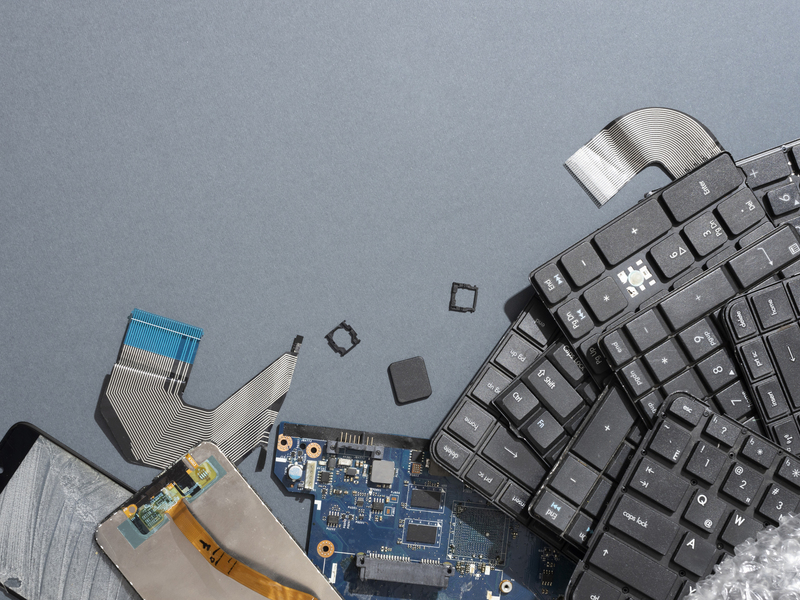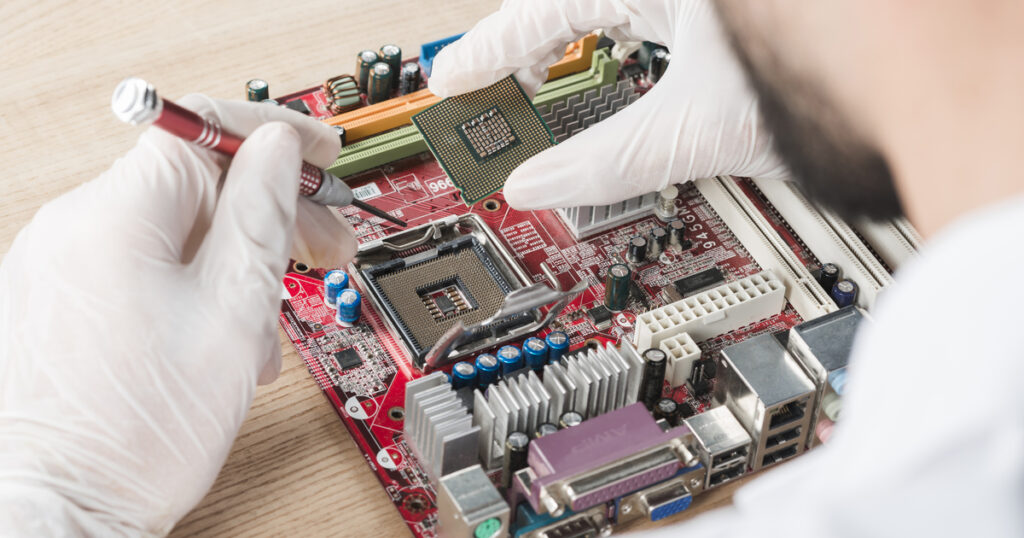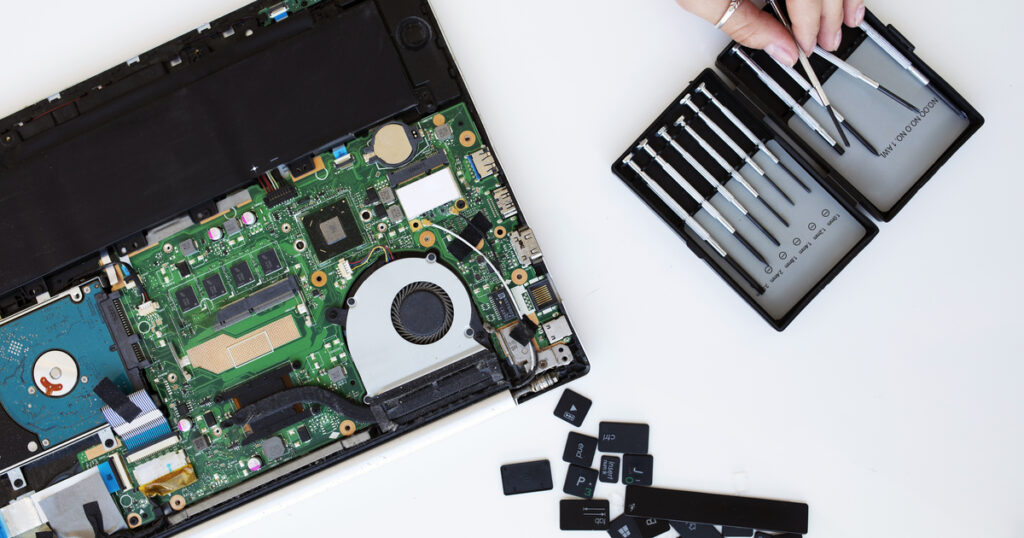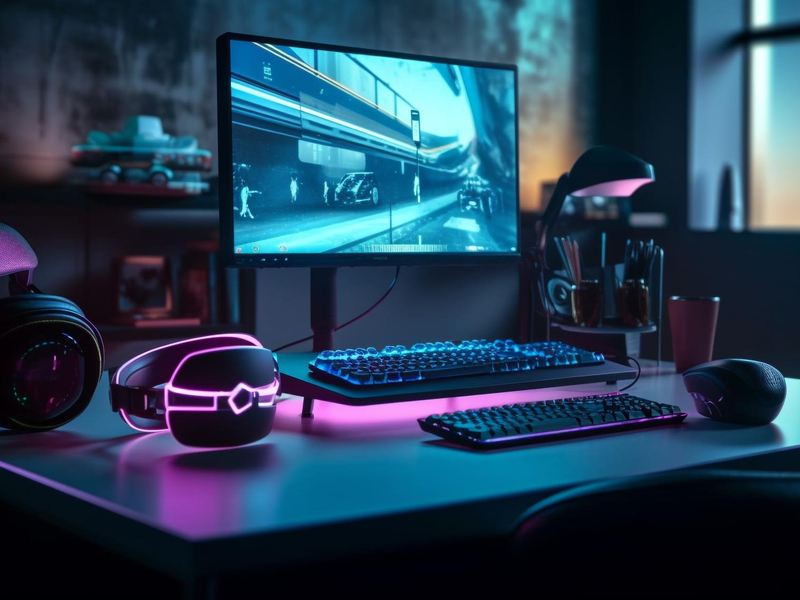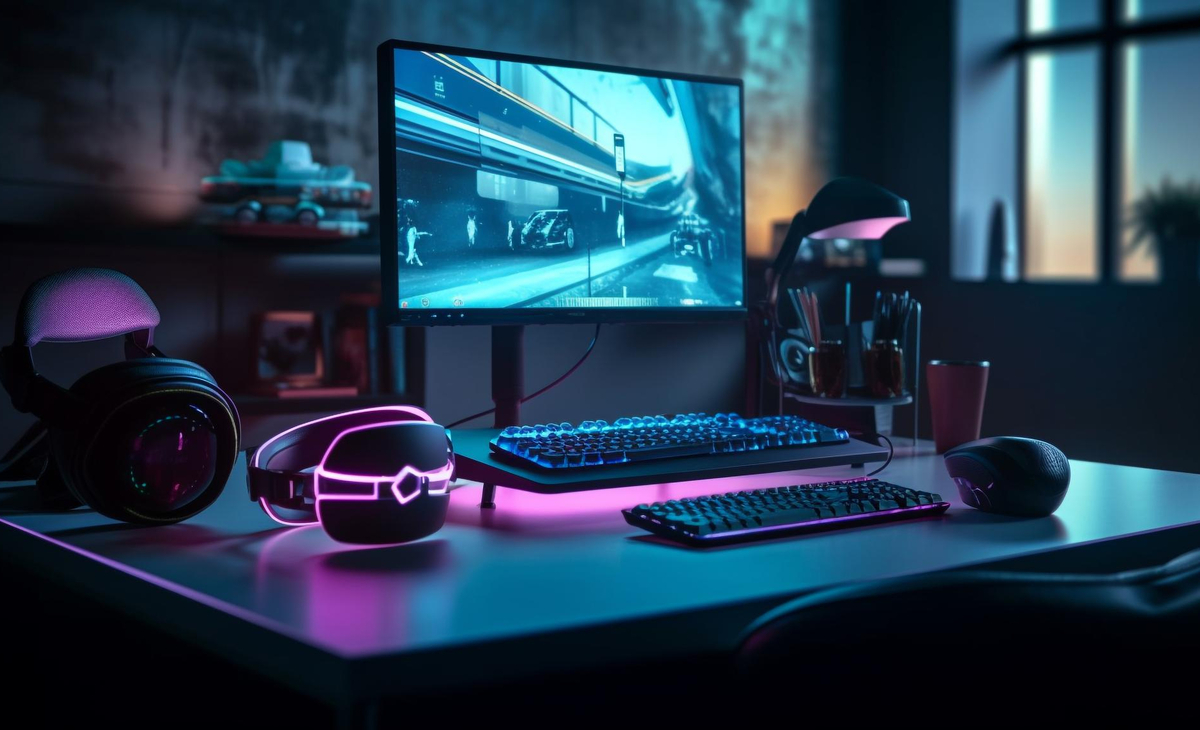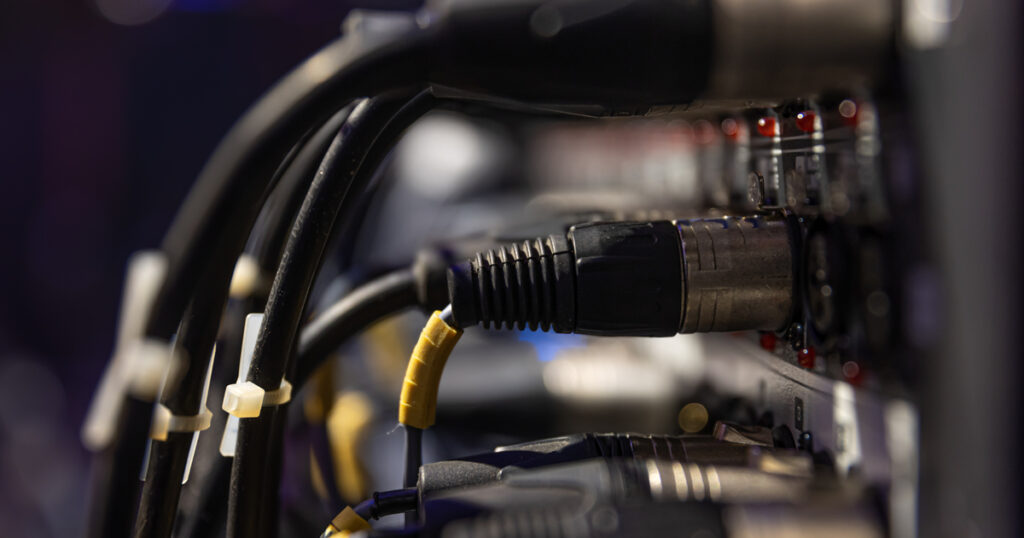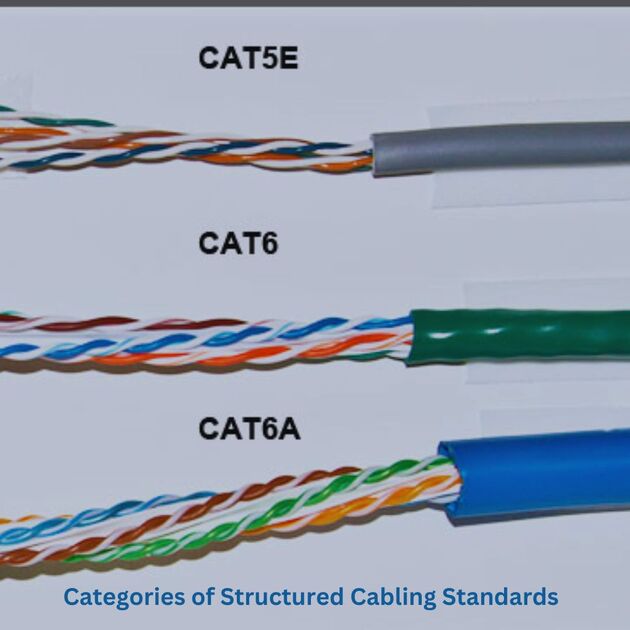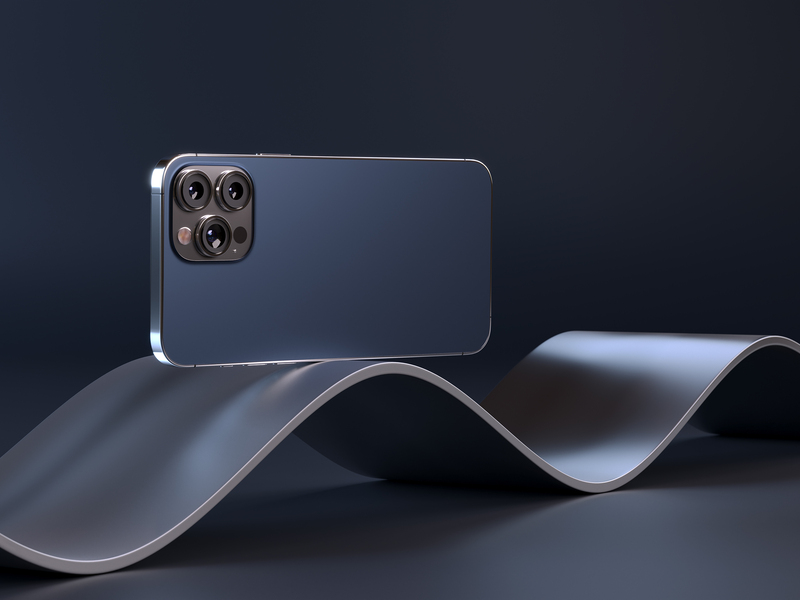
Introduction
Our lives have become increasingly reliant on laptops as we move through the fast-paced world of technology on a daily basis.However, accidents happen, and one common issue users face is a broken laptop body. Whether it’s a cracked screen, a damaged hinge, or a dented chassis, these problems can significantly affect the functionality and aesthetics of your device. Fortunately, DataLife Dubai is here to provide expert laptop body repair and restoration services. In this blog, we will explore the common laptop body issues, the importance of timely repairs, and how DataLife Dubai stands out as your go-to destination for top-notch laptop repair services.
Common Laptop Body Issues
Cracked Screens: Accidental drops or impacts can lead to unsightly cracks on your laptop screen, impairing visibility and compromising the overall user experience.
Damaged Hinges: A weakened or broken hinge can make it challenging to open and close your laptop smoothly, potentially causing further damage to internal components.
Dented Chassis: Dents on the laptop chassis not only affect the device’s aesthetics but can also lead to functional issues, such as misaligned components or difficulty in connecting peripherals.
The Importance of Timely Repairs
Preventing Further Damage: Ignoring a broken laptop body can result in more severe issues over time. Timely repairs can prevent secondary damage to internal components and ensure the longevity of your device.
Preserving Aesthetics: A well-maintained laptop not only performs better but also reflects your professionalism. Repairing the body promptly helps in preserving the sleek and polished look of your device.
Enhancing Resale Value: If you plan to upgrade your laptop in the future, keeping it in optimal
Condition through timely repairs can positively impact its resale value.
DataLife Dubai’s Expertise
Skilled Technicians: DataLife Dubai boasts a team of skilled and certified technicians with extensive experience in laptop body repairs.
Quality Parts: The repair center uses high-quality, genuine parts to ensure that your laptop functions like new after the repairs.
Efficient Turnaround: DataLife Dubai understands the importance of your laptop in your daily life. They strive to provide quick and efficient turnaround times for all repair services.
Customer Success Stories
Satisfied Customers: Share stories or testimonials from satisfied customers who have experienced DataLife Dubai’s excellent laptop body repair services.
Conclusion
Your laptop is more than just a device; it’s an essential tool for work, entertainment, and communication. When faced with a broken laptop body, entrust your device to the experts at DataLife Dubai. With their commitment to quality repairs, skilled technicians, and efficient services, you can rest assured that your laptop will be back in top-notch condition in no time. Don’t let a broken laptop hinder your productivity – choose DataLife Dubai for reliable and professional laptop body repair and restoration services.

